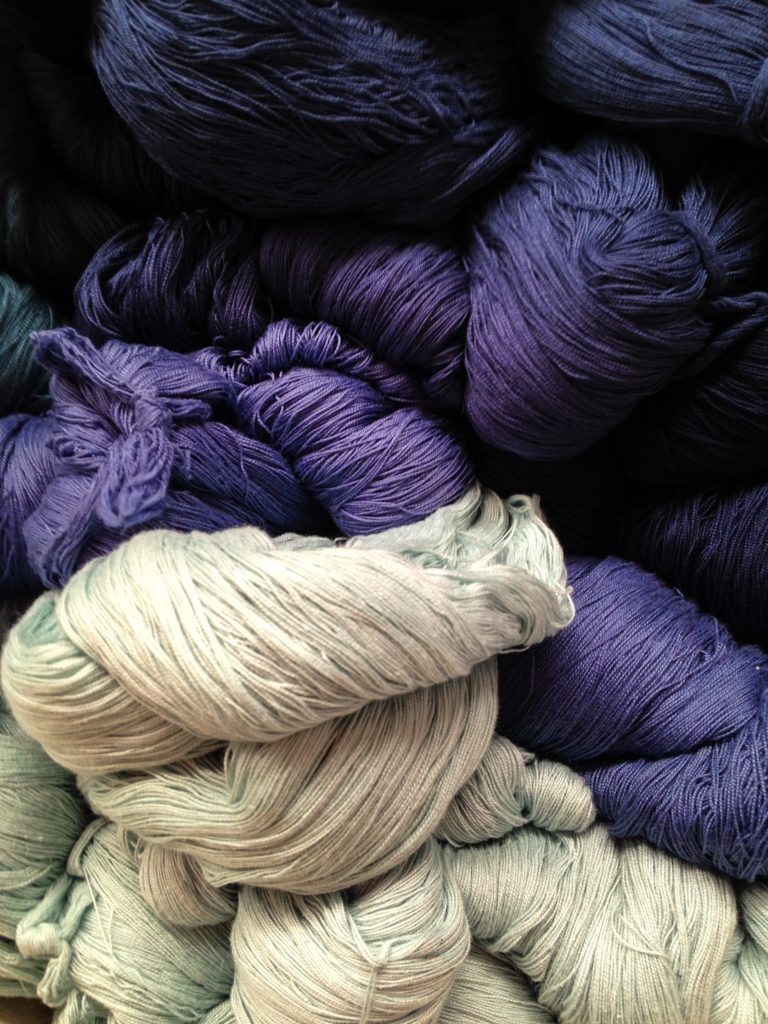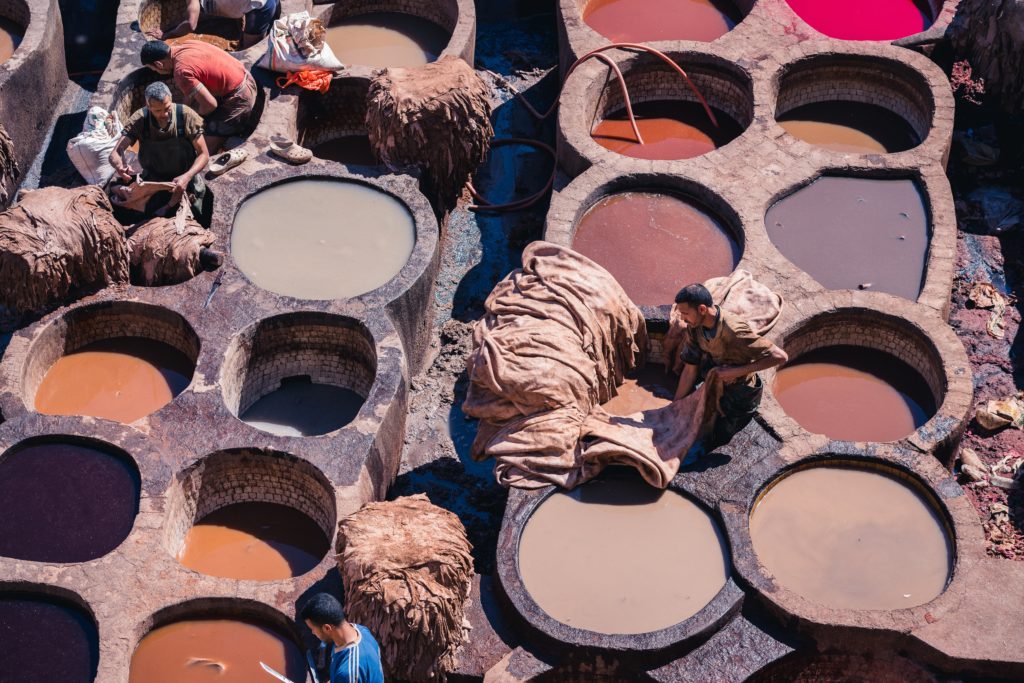Topics
1.Introduction to GST in Garment industry
2.Broad categorization and GST rates for apparel sector
3.Rate of GST for the above categories
4.Circular on classification of fabrics
5.Supply and point of taxation
6.Problems faced in valuation (tax calculation and paying of tax on interest and penalty)
7.Two types of valuation for supply
8.Job Work in apparel industry
9.Transitional Credit and a missed opportunity for most suppliers
11.Refund (Inverted tax structure)
12.ROCSTL scheme for garment industry
13.RoDTEP (Rebate on Duties and Taxes on Export Product) scheme
1.Introduction to GST in Garment industry:
The apparel or the garment industry holds a special place in the economy of India. The reason is clearly the revenue it generates for the country and immense employment opportunities it is associated with in this country where governments persistently put efforts to keep unemployment in tap. Just to add this industry being the second largest industry in India after agriculture accounts for 14% (approx.) of total annual exports. These are the reasons why the state always keeps favorable indirect taxation for this industry. You will learn the different rates in apparel sector along with the concept of GST in garment and textile sector in the following sections. You will also come across ways by which the government keeps check against certain tax evasions.

2.Broad categorization of goods in GST in garment / apparel sector
There are three broad categories of products in regards to GST in garment or apparel sector
- Knitted apparel and clothing(Chapter 61 of the tariff)
- Non knitted apparel and clothing(Chapter 62 of the tariff)
- Other textile products like curtains, bed sheets, used clothes etc.(Chapter 63 of the tariff)
- Fabrics(Chapter 50 to 55 and 60)

3.Rate of GST in garment sector for the above categories
The rate of Goods and Service Tax for the apparels and made up under Chapter 61 to 63 is based on the value of product. If the value of the product is more than Rs.1,000/- per item then the rate of GST is 12%. For product’s value less than or equal to Rs.1,000/- per item then GST rate is 5%.
The rate of GST on fabrics under chapter 50 to 55 and Chapter 60 is 5% of the value.
4.Circular on classification of fabrics
It is a normal practice in garment industry where a large fabric is cut into pieces and packed for transport to the wholesaler. The wholesaler may cut into smaller pieces so that each piece can be later tailored to design shirts, pants, kurtis or other apparels. The question of whether the nature of fabric is altered in this process for the purpose of levying GST or not. There was a clarification issued by the government in this regard. Here we are speaking of Circular No. 13/13/2017-CGST, dated 27th October, 2017. In this circular it has been clarified that cutting any fabric in pieces and packing it for sale does not alter the nature of the fabric. Hence the classification and rate of GST applied thereon does not change. Even embroidery work on the fabric does not change the classification under Goods and Service Tax.

5.Supply and the point of taxation for GST in garment industry
The supply is basically the transfer of goods (apparel in the instant case) from the supplier to the recipient. So the point when such supply takes place is the point of taxation. However when the transport vehicle carrying the apparel reaches the destination many days may have elapsed. In such case it becomes very important to determine the point of supply and point of taxation especially when such supply is happening between two different tax periods. For this the point of taxation shall be the earlier of the below-
a.The time of issue of invoice or the last date on which he is supposed to issue the invoice
b.The time of payment received . The time of payment received is the time when the payment is booked in the accounts or the date on which the amount is credited in the bank accounts whichever is earlier.
Let us take an example to understand better. Suppose a supplier supplies Rs 1,00,000/- worth of apparels to recipient. The invoice is generated on 2nd of May 2019 and the payment is received by the supplier on 20th of April’ 2019 well in advance. Though the supplier booked in the accounts on 30th of April’ 2019. The point of taxation shall be 20th of April’ 2019 being the earliest of the three dates mentioned in this instance.
6.Problems faced in valuation (tax calculation and paying of tax on interest and penalty) for GST in Garment sector
The following points shall be kept in mind while determining the taxable value of goods
Point 1: Sometimes the supplier may pay interest or penalty on late delivery/ supply of goods. In such cases the amount paid as interest/ penalty shall be included in the valuation of goods.
Point 2: Any expenses which are normally the liability of the supplier but are incurred by the recipient for the supply of goods have to be included in the valuation of supply. If you are wondering what such expenses are, one common example is freight charges which are sometimes incurred by the receiver of goods.
In another case, which is rare, there may be an agreement to provide dye, water or ironing expense for the garments by the receiver. In such cases the expense of dye, water or ironing expense shall be included in the valuation of supply.
Point 3: Incidental Expense such as loading, unloading, packing etc has to be included in the valuation of supply.
The above list is not exhaustive but is common issues faced in determining the valuation. For further details refer to the post on valuation of supplies.
7.Two types of valuation for supply for GST in garment
There are two types of valuation that one needs to consider in supply of a readymade garment.

Kind 1: Sale value of the goods – Selling price or the sale value is the price at which garment is sold in the market. It is different from the MRP (Maximum Retail Price) as this would also include the Goods and Service Tax. A cloth may have different selling price depending upon the market conditions and the selling price may vary from the actual cost based valuation. This sale value is important for determining the rate of tax that can be levied on the supply of garments. You may already be aware that the rate depends whether the value of supplied garment is above or below Rs. 1000/-(discussed in earlier sections).
Kind 2: Taxable value: This value is the transactional value for the supply. Transactional value is the value that is paid or payable to the supplier for making the supply. It should include freight charges, interest /penalty charges, incidental charges etc even if one or more of such expenses are borne by the recipient.
The above concept of valuation may sound confusing. So the best way to simplify is by using an example. Usually both the above discussed values are same. However let us exemplify where they can be different. These are rare examples just to bring clarity in the concept of valuation.
Example 1: Suppose the supplier manufacturing cost per unit for a given garment be Rs.900/-. Let the freight charges are paid the recipient. Let this value for per unit be Rs. 130/-. On reaching the market the MRP was tagged at Rs. 1100/- per piece and 10% discount was offered. So the selling price becomes Rs.990/- (Rs. 1100- Rs.110). This becomes the sales value for determining the rate which should be 5% of the value (as the sale value is less than Rs.1,000/-). Now the question is what the taxable value is. The value shall include the cost of freight which is incurred by the recipient in addition to the cost incurred by the supplier. So the taxable value shall be Rs. 1,100/- (Rs. 990/-(sale value) + Rs.110/-(freight)).
Example 2: How about a situation where the manufacture of the garments are taking place on the rented area of the recipient. The recipient has forgone his rental income for a month and as a result the supplier decided not to account this cost in determining the sales value. Here also the taxable value and the sales value may be different. The sales value would determine the rate of tax and the taxable value would help you to arrive at the quantum of tax to be paid.
8.Job Work in apparel industry
So first let us briefly define what a job work is. Job work is a process in which the goods are sent from principal to any other person who is called a job worker for processing of the goods into any other product. The finished or semi-finished products produced by the job worker are again returned to the principal after processing. In the garment industry it is often seen that the cloth is prepared by a manufacturer is sent to job worker for cutting or dyeing. The rate of GST on job work related to textile or textile products in chapter 50 to 63 is 5% vide Notification No. 20/2017-Central Tax (Rate) dated 22.08.2017.
9.Transitional Credit and a missed opportunity for most suppliers
Now this is one area where an informed supplier has taken the benefit and a less informed supplier has missed the bus. The supplier are allowed to transfer the credit of eligible duties of inputs lying in stock and finished and semi- finished goods.
The suppliers of readymade garments were mostly exempted in the Service Tax regime. Hence at that time they were not allowed to avail any credit on input /input services involved in the manufacture. This was the reason most of the suppliers did not concentrate on keeping account of credit of duties of inputs lying in stock, finished or semi-finished goods. Moreover which suppliers would bother to keep the invoices on inputs which they were not allowed to avail at that time. When the GST Act came into force all the suppliers who are taxable in this act were allowed to take credit of inputs lying in stock, finished or semi-finished goods. However they were unable to avail this benefit as they could not produce accounts and related invoices.
10.Export in garment industry
The rate of Goods and Service Tax on any apparel which is exported shall effectively be zero per cent. For this two options are available for an apparel/garment exporter.
- The exporter can pay the tax and apply for the refund of tax paid thereon.
- The exported may export under LUT scheme without payment of tax.
11.Refund (Inverted tax structure)
The most common case in the apparel industry is Inverted Duty Structure. Inverted Duty Structure is a condition where the rate of tax paid on the inputs / input services is more than the tax paid on the output supply. In the supply of readymade garments for example the rate of GST is 5% for sale value less than Rs. 1,000/- and 12% for sale value greater than or equal to Rs.1,000/-. It is usual that most of the inputs/ input services would have a tax rate more than the 5%/12%. In such case the excess input tax credit may be available in the electronic credit ledger. The option available with such suppliers is to take refund of such amount.
Refund is also available on credit taken on inputs /input services for supply for exports.
12.RoCSTL scheme for garment industry
Even though the exports are zero rated in GST there are various other forms of taxes that are paid by the supplier inadvertently like GST for electricity for running the machines during manufacturing, etc. Hence to make it actually tax free export incentive scheme in form of RoCSTL has been extended to the textile industry. Rebate on Central and State Tax and Levies (ROCSTL) is a scheme which is brought out by the government for the benefit of the apparel sector. It is basically a rebate on all the inherent taxes and levies in apparels. The rebate can be taken by the supplier in form of scripts. The scripts can be use to discharge any duties the supplier is liable to pay. These scripts are transferable and hence can be sold freely if not for settling tax liabilities.
13. RoDTEP (Remission on Duties or Taxes on Export Products)
This a new system of extending sops to all the industries that are in export segment. The same applies to the textile industry. It is expected to be implemented from January 1, 2020. The RoDTEP would subsume the RoCSTL scheme discussed above. This incentive scheme aims to extent the remission benefit of most of the taxes involved in the supply and make the export practically zero rate structure.
14.Conclusion
The topics related to GST in garment industry which is covered in this article are discussed briefly on each area related to textile industry. Though this write up would help the readers from conceptual point of view, each area requires more exhaustive study before practicing in real world. Therefore for the benefit of the readers it is suggested to go through the below mentioned links also.
Supply II Valuation II Reverse Charge Mechanism II Input Tax Credit II Refund II E-way bill II Casual Taxable Person


